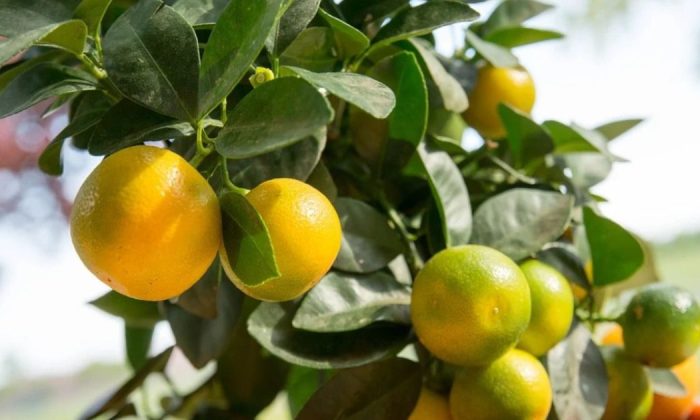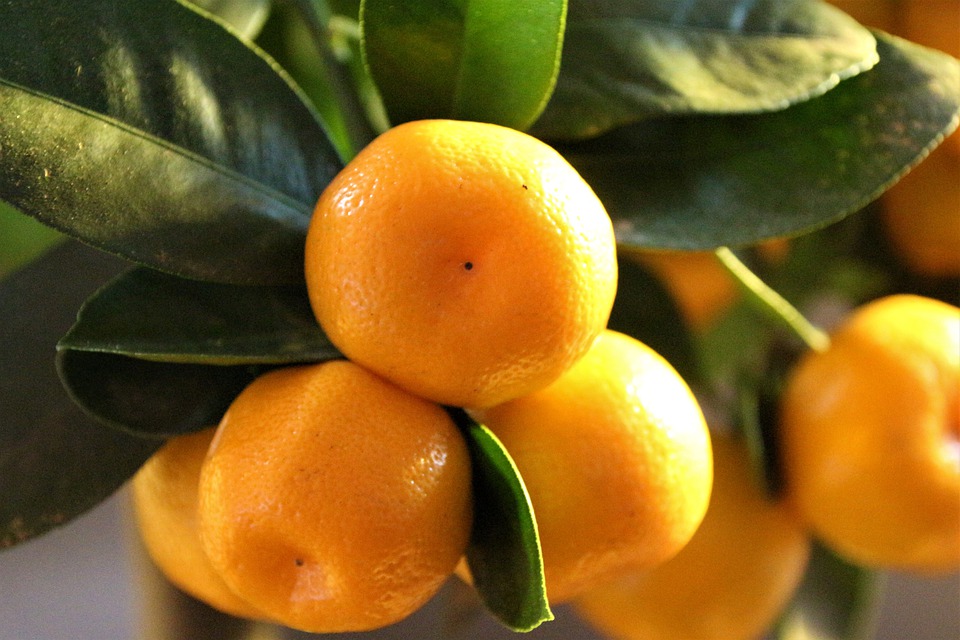Growing citruses on a windowsill

Those of you who live in colder climates and cannot grow citrus fruits outdoors all year round, do not up just yet. Under certain conditions you can grow a little citrus tree on your windowsill. Citruses are wonderful houseplants even without wonderful fruit and flowers and you can grow them from a seed or stone that you collect from a healthy fruit. However, it is much better to buy a citrus tree from a garden store, which can even grow beautifully fragrant flowers and juicy fruits.
Soil for cultivation
There are substrates on the market designed especially for citrus trees but you can make your own too. All you need is two parts of peat, two parts of compost and three parts of coarser sand. The ideal pH of soil should be slightly acidic (5 – 6.5). Make sure that they soil is always moist. Use water that has been sitting for a while at a room temperature. You may water twice a day during summer.
Photo: Pixabay
Basic growing requirements
A windowsill is great for growing citruses because they need 10 to 12 hours of daylight. However, do not let direct sunlight shine on citruses because strong sunshine can burn leaves. Once you put your little tree or bush at the final location, do not move it elsewhere unless absolutely necessary . However, if you want to make sure that the plant forms a nice crown you may rotate the pot around its axis. Rotate the pot every other day by about 10 degrees. When you fertilize use a special fertilizer designed for citruses.
Pruning
Pruning is usually done from November to February and it should not be omitted because it is a good prevention against fungal diseases and creates a solid appearance and even distribution of branches. In the second year, the seedling will form three to four lateral shoots. Cut them by 1 cm. Next year, shorten the branches by at least 25 centimetres and the next year you remove weak shoots.
Transplanting
Every two to three years you should transplant into a larger pot, which should be two to three centimetres larger in diameter than the previous one. There is no need to use a very large pot. If you do, the plant will focus on developing its root system rather than the above-ground part. When you transplant, do not forget to make drainage holes at the bottom.
Wintering
Gradually reduce the temperature around your plants in autumn. The ideal temperature for wintering is around 15 °C.
Source: https://vsaduidoma.com/pl/2020/11/10/limon-na-podokonnike-sovety-dlya-nachinayushhih/
Preview photo: Pixabay

Gardening is my hobby, I have a lot of experience and I am happy to share it.









0 comments